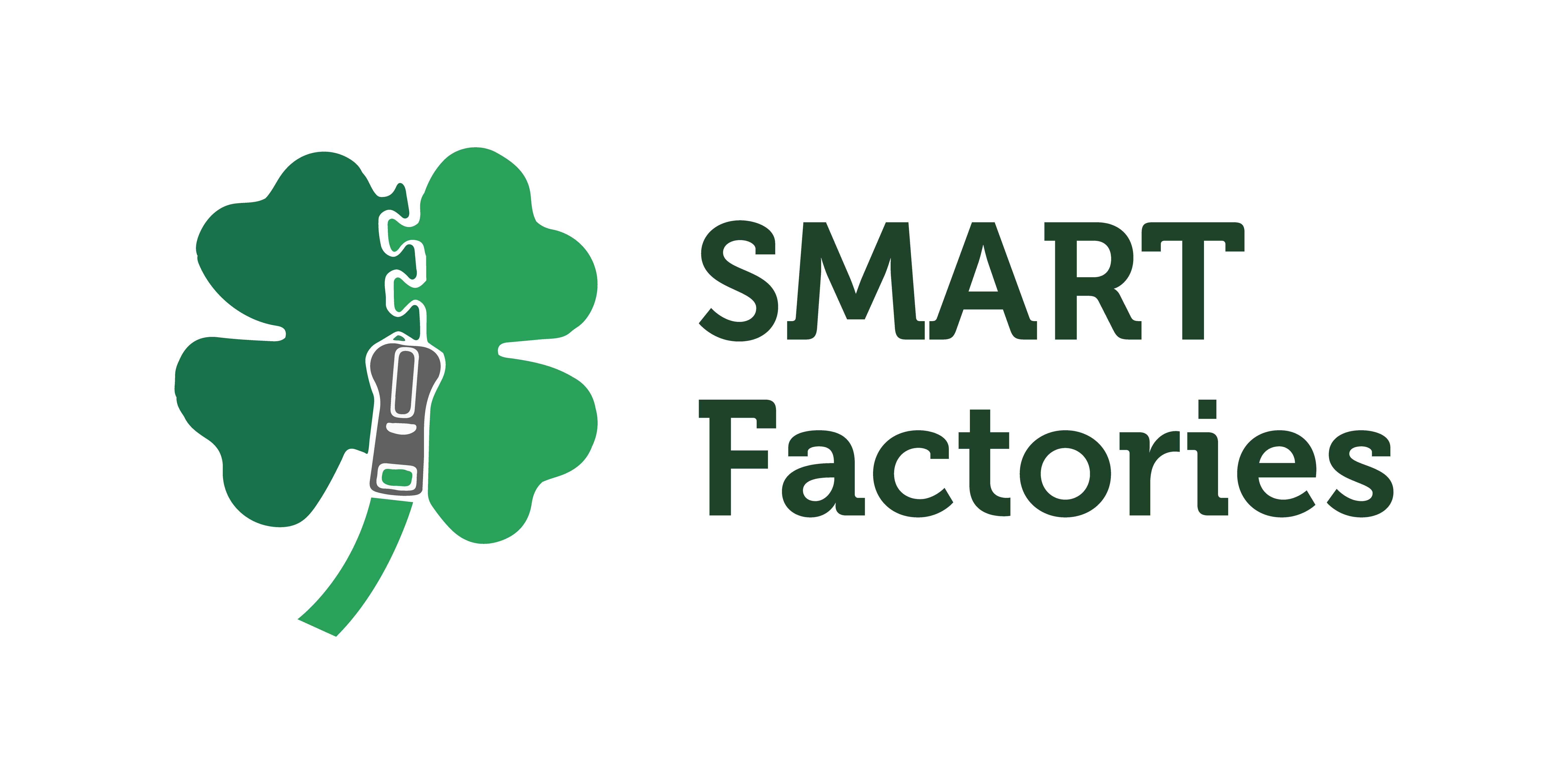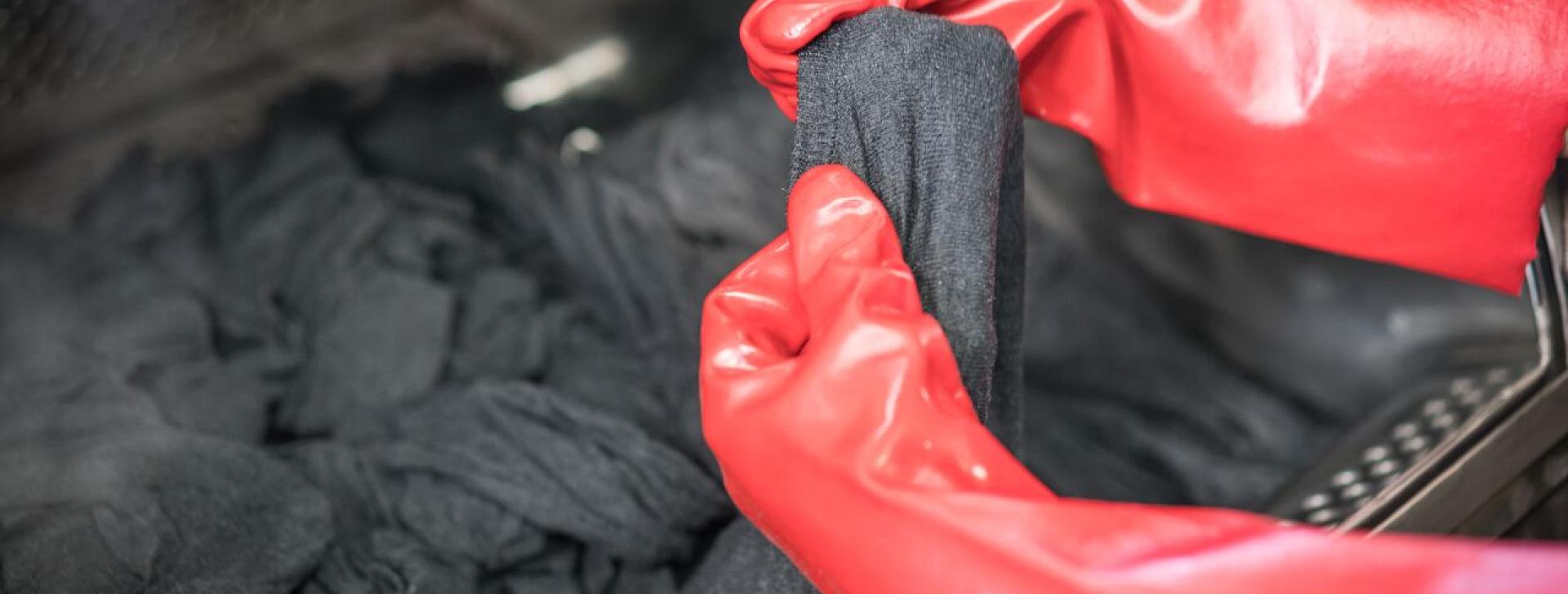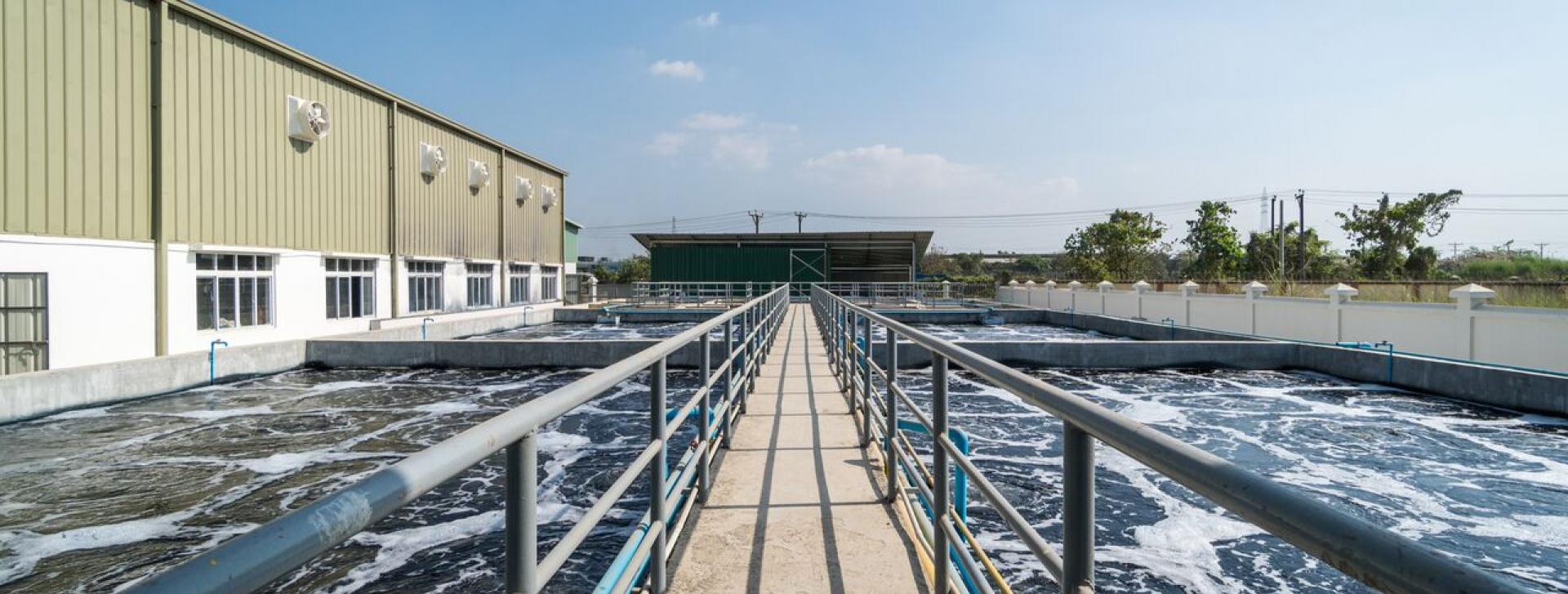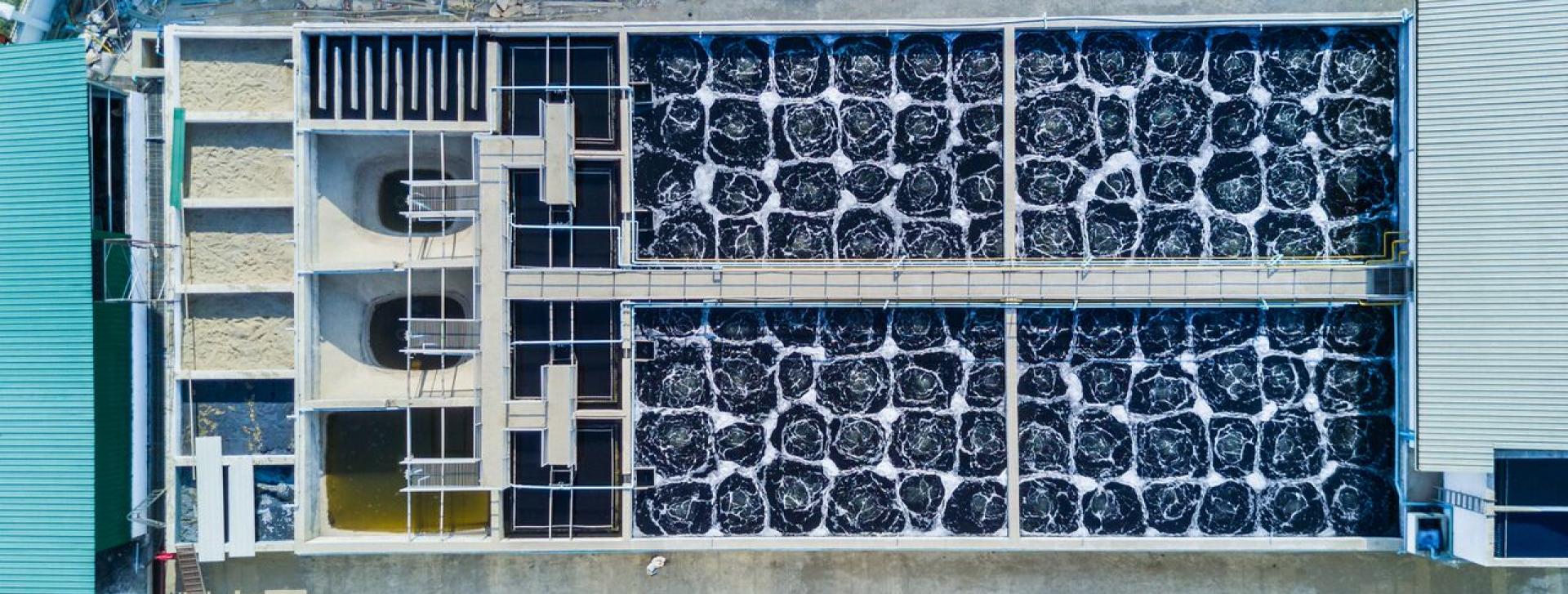Key environmental concerns as the garment industry expands in Myanmar
Factories supplying for international brands and retailers operate in an extremely competitive and globalized industry. Profit margins are sometimes thin and pressure for improvement comes on many different fronts, from product quality to productivity to social compliance and environmental management.
In terms of environmental impact, the key areas of concern for garment factories in Myanmar ought to be:
1) Boiler fuel and emissions
Boilers are inherently energy intensive and technologies and system design varies widely. The boiler and steam system is often an important area of production for consideration and for achieving quick improvements in terms of energy savings and emissions reduction.
Does the factory burn coal? If so, what type of coal and how effective is the flue gas treatment regimen? Is the coal sourced via strip mining in Shan State, as most coal in Myanmar presently is? In attempting to answer such questions, it quickly becomes obvious that coal is not a viable and responsible 21st century solution for boiler fuel. Even in the best condition, coal contributes to climate change via the immense amount of CO2 released when burned. If coal must be used, the factory ought to install highly insulting boiler technology, steam pipes and a steam condensate recovery system.
Does the factory burn wood? If so, is the wood illegally harvested timber from upper Myanmar, or can proof be given of another source? Similar to coal, wood is mostly not a viable or responsible fuel source for factories aiming at environmental best practices. At the very least, illegally harvested forest wood should be avoided at all costs. If wood is to be used, an effort should be made to source scrap wood from furniture factories or other sources. Similar with coal, special attention must be paid to emissions, as burning wood produces high levels of particulate matter which must be scrubbed out via an effective flue gas treatment regimen.
What are the good practices for boiler fuel? The first essential thing is to reduce consumption of fuel, whatever the source. To do this, it is necessary to invest in steam condensate recovery. This type of system will actually save the company money in the medium term, but often factories are hesitant about the initial investment. It is also practical and necessary to make certain the steam system is effectively designed and does not suffer from any broken steam traps or separators. Among ten newly built factories surveyed by SMART Myanmar in 2017 a majority had mistakes in the design and set-up of their steam systems, most resulting in substantial waste of steam.
A 2nd recommendation from SMART Myanmar is to consider options for solar thermal assist. Solar thermal assist can be as simple as having black water tanks and a network of black water pipes exposed to the sun which are thereafter piped into the feed water tank for the boiler. The thermal gain in a tropical climate saves energy by reducing the amount of fuel needed to heat the water.
A 3rd recommendation is to consider various biomass options. There are several potential options, but rice husks are very common in Myanmar due to the large rice growing industry of the delta region. Compressed rice husk pellets are a viable fuel option for boilers. Many wood-fired boilers are able to handle risk husk pellets without any need for conversion of technology. Some types of biomass, though, require specialized equipment.
A 4th recommendation is to consider fabric scrap boilers. Special care should be exercised to make sure plastics are not being burned, but generally some boiler technology is specifically designed to safely burn fabric scraps (special flue gas treatment equipment is essential).
Generally, exploring and adopting many of the above recommendations benefits the local environment, reducing greenhouse gas emissions and ultimately also benefits factories by reducing costs and often helps additionally by boosting their Higg Index scores.
2) Impacts of water use
Water resources are impacted in two main ways: over-extraction or pollution. In general, average contract manufacturing sewing facilities do not use too much water. However, depending on the size of the facility they can still use a substantial amount of water for evaporative cooling, ironing, and domestic purposes.
Washing and dyeing facilities, such as textile mills and denim washing facilities, can use immense quantities of water and special attention must be given to their processes and technologies to fully gauge impact and any potential for improvements.
Whatever the factory type, over-extraction can be addressed in many ways, but some common advice is:
- Factories should outline water reduction priorities in the company’s environmental management policy.
- Factories must meter their water usage and, hence, measure it. Meters should be used to determine overall usage, but also for water intensive processes, such as with washing and dyeing machines.
- Based on such measurements, key performance indicators can be set and improvements can be targeted over time via new processes and technologies.
- Regular facility checks should be made by maintenance staff to check for and fix leaks.
- Flow aerators and restrictors should be in place in toilet areas so that less water is used.
- Factories should take care not to set-up new wet processing facilities in dry zone areas. If production is set-up in such areas, the factory should be ready to invest in expensive closed loop technologies such as zero liquid discharge.
In terms of water pollution, key considerations are:
- Wastewater treatment is a legal requirement in Myanmar. All process wastewater must be effectively treated to safe levels. This can be done via biological or chemical processes, but a suitable treatment system must be in place.
- Although regulatory enforcement in this area was inadequate in years past, the Myanmar government is beginning a stricter enforcement process and factories violating Myanmar’s emissions guidelines and requirements for effluent treatment are likely to face large fines and possible forced shutdown.
- Even with an effective treatment system, factories ought to have a contingency plan in place in case the system temporarily breaks. This can be via an auxiliary treatment system, a holding tank, production stoppage or other means.
- Hazardous liquid waste, such as pad printing waste, must be given over to a third party disposal company. In Myanmar, Golden Dowa is one such third party. Golden Dowa is a Japanese hazardous waste processing company with a purpose built facility in Thilawa SEZ. They can collect and safely process hazardous waste.
- A reasonable plan should be in place for ETP sludge management.
3) Hazardous waste - general concerns
Hazardous waste takes many forms. Even a garment factory handling only sewing, cutting and packaging would still have small amounts of hazardous waste, such as fluorescent tube lights, batteries, machine oil containers, etc. Such waste should be stored in a locked area and disposed of via a qualified service provider. In Myanmar, often the best option is Golden Dowa, a hazardous waste disposal company located in Thilawa SEZ. The 2nd best option is via the municipal service providers, PCCD/YCDC or PCCD/MCDC or others.
4) General solid waste management
Reducing solid waste is everyone’s concern and ought to be considered in the factory’s environmental management policies. In the garment industry, some buyers and producers are able to discover innovative ways to reduce packaging waste, especially by reducing (or eliminating) the amount of plastic required. Buyers should encourage and reward suppliers who innovate in this area by using less packaging and eco-friendly packaging such as recycled paper.
One of the simplest ways to improve cutting efficiency and reduce cut fabric wastage is via automated cutting machines. Where possible, factories ought to invest in these technologies.
In terms of lunch time and break time, factories should consider ways to eliminate plastic from lunchtime use (many companies have vendors nearby from whom workers purchase snacks or rice in plastic packaging). Some catering companies working in Myanmar’s garment sector are able to cater factory lunches for several thousand workers with zero packaging waste. Such an approach can improve employee health and satisfaction at the same time as the company’s eco-footprint is reduced.
5) Electricity savings via modern technology
Many new factories in Myanmar are setting up with efficient technologies, such as variable speed drive (VSD) sewing machine motors, sky lights, LEDs, screw-type air compressors, etc. Older factories, however, have decisions and planning to make regarding technology upgrades in order to stay competitive. VSD motors, for instance, reduce energy consumption and save money when compared against clutch motors, but the payback period is often about three or four years. Lights are usually an easier option, as switching away from flourescent tubes to a combination of LEDs and sky lights can often have about a 2 year return on investment. Common areas worth considering for electricity savings include...
- LED lights and natural/sky lights
- Variable speed drive motors (servo motors)
- Screw-type air compressors
- Air compressor system maintenance (very common problem)
- Cooling system design and efficacy
- De-humidifier system design
- Thermal losses for various special machines
- Unnecessary processes or steps in production
- Staff behavior
- Potential for electricity generation via rooftop solar PV (many factories are skeptical on this, but some are already doing it in Myanmar)







